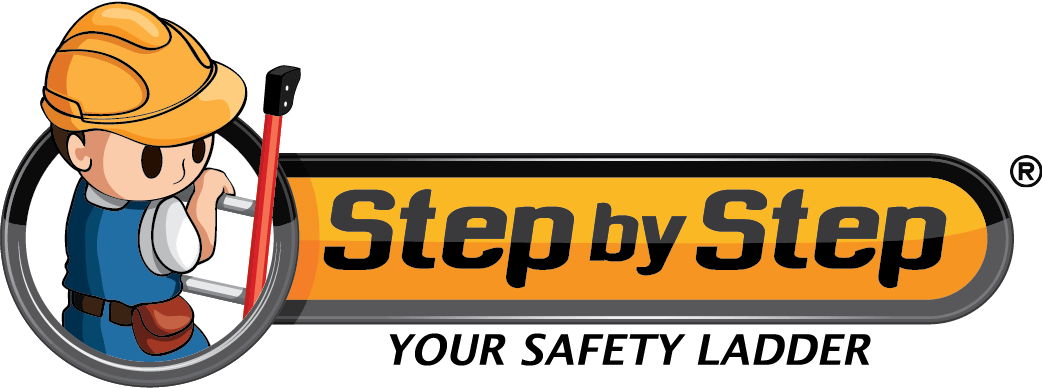Blog

How Can Improper Ladder Usage Harm You?
Ladders came from the material of wood, aluminum and fiberglass (which is non-conductive) but the basic design of a ladder has remained unchanged. There are a lot of stickers telling you how to safely use the product and companies hold training classes to teach you how to use the product safely; but, statistically, we know people are still going to do things that will cause an accident. If we know these accidents are going to happen, we can identify the causes and design safety features to prevent them.
Before coming to the points on the consequences of using the wrong ladders, first you need to know the common causes of ladders accidents.
1. Ladders are too heavy
In some service industries almost half of their ladder-related injuries are strains and sprains from handling a heavy ladder. Some workers are doing 8-12 visits a day with a 28-foot extension ladder that weighs more than 30kg. You thought you were tired at the end of a day. The solution to this problem is to make lighter ladders. New fiberglass materials are available and can reduce the weight of your ladder by 20 percent. Most ladder companies now offer a lighter weight version of some of their ladders.
2. People use the wrong ladder for the job
This happens mostly because the right ladder for the job is too heavy. If I have the choice to carry a 4-foot stepladder or an 8-foot stepladder, I’ll probably carry the 4-footer and try to make it work by climbing on the top step or top cap of the ladder to get the job done. The top step of a stepladder has a sticker on it that says, “This is not a rung. Don’t stand here.” If the only purpose for the top step is to hold the sticker telling you not to use it, why is it there in the first place? If the rung’s not there, you can’t use it, and, hopefully, it will discourage you from trying to stand on the top of the ladder.
3. Leveling a ladder
It is ‘common’ to see on how users’ level their ladders by using bricks and boards. There are several companies that make levelers you can add to your ladders. Some ladder companies are building leveling devices integrated right into the ladders.
4. Over-reaching
Improper leveling and over-reaching are the major causes of tip-and-fall accidents. These accidents cause thousands of disabling injuries and hundreds of fatalities every year. We train people to keep their bodies between the side rails of the ladder, but we know that doesn’t always happen. One solution to this problem is adding outriggers to the bottom of an extension ladder to increase the footprint. If the climber can’t get outside of the footprint of the ladder, they won’t be able to tip it over. Those outriggers would also level to the ground, giving the ladder a wide level base. Also, by adding a caged platform at the top of a stepladder, you can keep the user centered inside the footprint of a stepladder.
So, what are the the consequences of using the wrong ladders?
Using the wrong ladder can be really a real trouble to the user. There are two categories of ladder related injuries.
First category will be the minor injuries where user will experience swollen, broken arm or even, a broken leg! Major injuries will be the second category which may result to being disable, paralysis or worst case, death!
Either way, these consequences can affect the individual (user) daily routine, his family and also his company.





